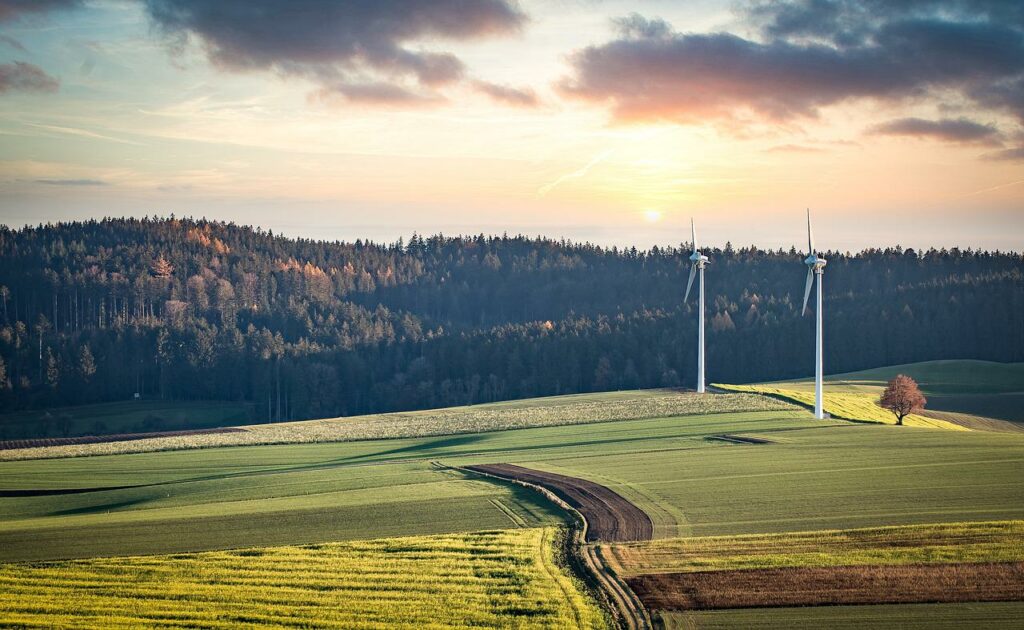The expansion of wind power is intended to make our energy supply independent of imported energy sources. The traffic light government wants to massively accelerate the expansion. To this end, all federal states are to designate at least two percent of their area for additional wind power plants. That was the plan. The reality is sobering, because the federal states are lagging miles behind this plan.
Federal states lag far behind expansion target
By the end of the first quarter, only Schleswig-Holstein had reached the target of making two percent of the state’s area available for the construction of wind turbines. Hesse, with 1.9 percent, followed by Saarland with 1.82 percent, is still closest to the agreed target. The Flächenländer Saxony and Baden-Württemberg, however, are far away with 0.3 per cent and 0.2 per cent respectively.

Berlin has not designated a single area
There is a big difference in the city-states. Bremen, for example, shows around 1.0 per cent of its area, but Hamburg only 0.23 per cent. In the capital Berlin, no area has been designated at all to date.
The remaining federal states reach the following values: Brandenburg 1.4 per cent, North Rhine-Westphalia 1.2 per cent, Saxony-Anhalt 1.08 per cent, Rhineland-Palatinate 1.01 per cent, Bavaria 0.69 per cent and Thuringia 0.4 per cent. No current figures are available for Lower Saxony. However, the state points to reaching the target of 2 per cent by 2030.
80 per cent of electricity to come from renewable energies by 2030
The Easter package from Economics Minister Habeck stipulates that 80 per cent of electricity is to come from renewable sources by 2030. In 2035, 100 per cent is to come from renewable energy sources. The lion’s share of this will come from new wind power plants. The problem is that there is simply not enough land on which to erect the necessary wind turbines. The approval processes are also lengthy due to protests and disputes between residents, environmentalists and investors. This is why the expansion of wind power has been stagnating for a long time.
Countries discuss distribution key
In the meantime, a discussion has broken out among the federal states about the distribution key. The natural conditions, such as wind strength, as well as the terrain profile and population density, should also be taken into account in the expansion targets. A discussion that could take a long time. It is already very unlikely that the goal of 80 per cent electricity from renewable energies by 2030 can be achieved.
